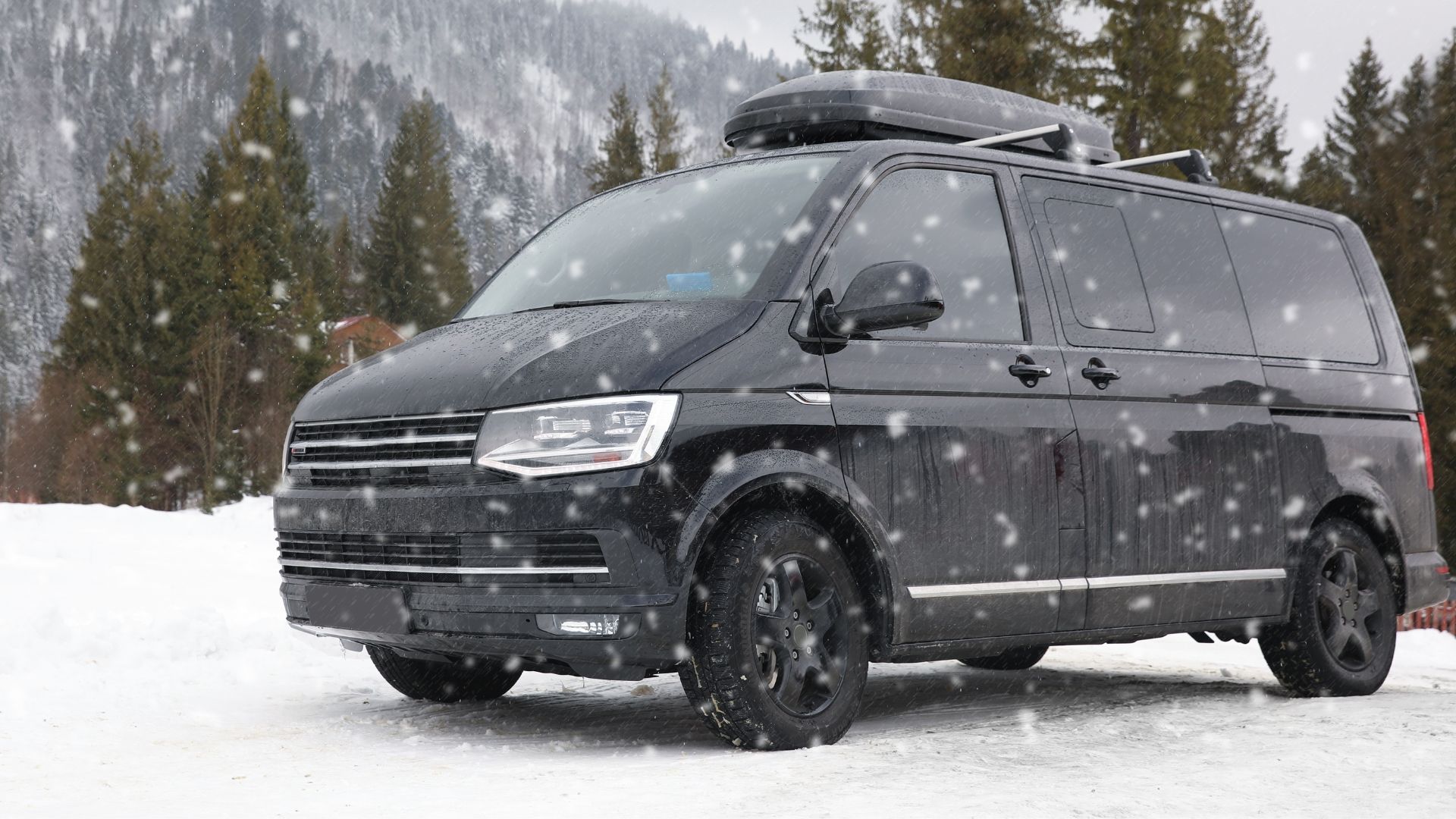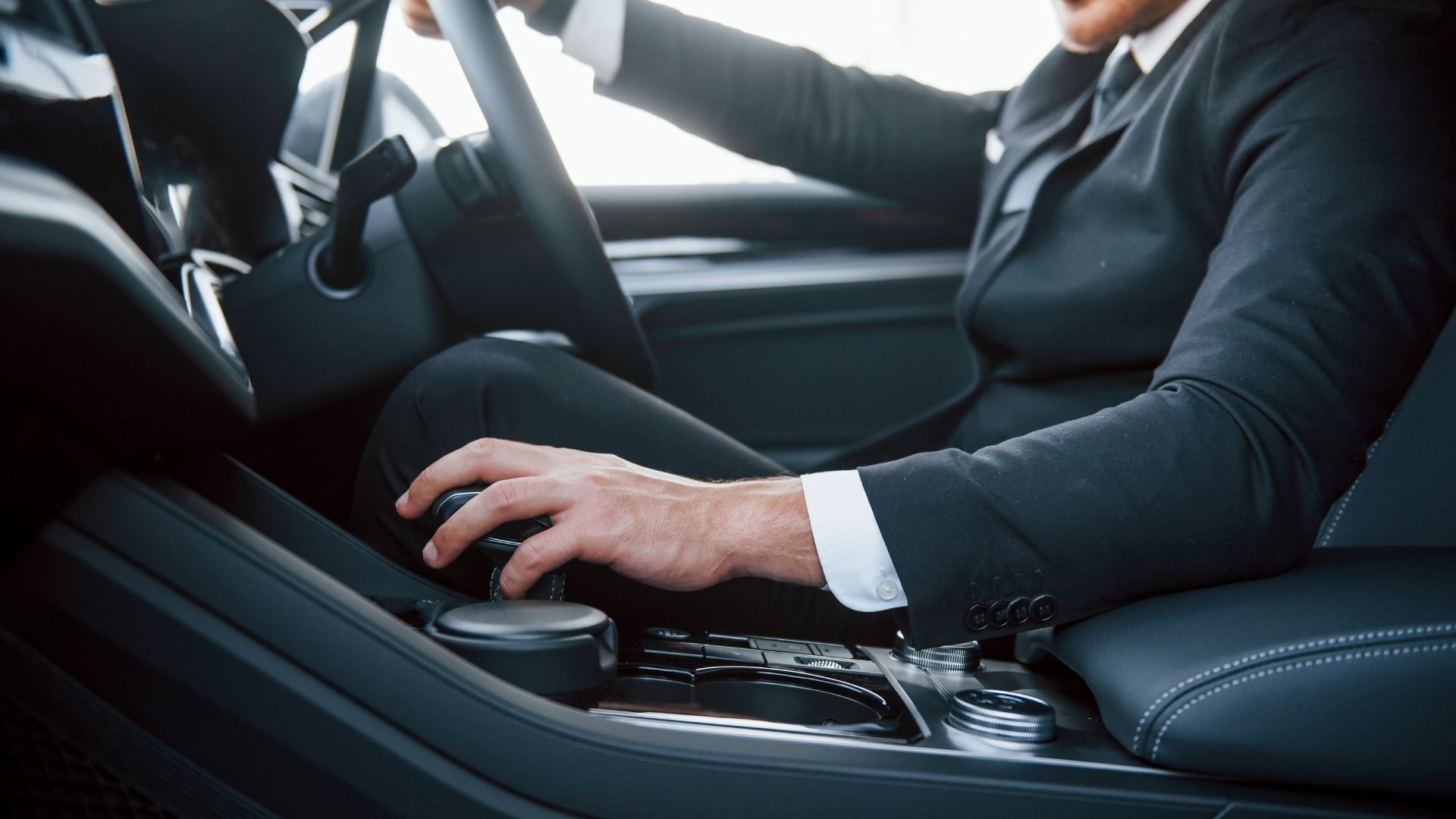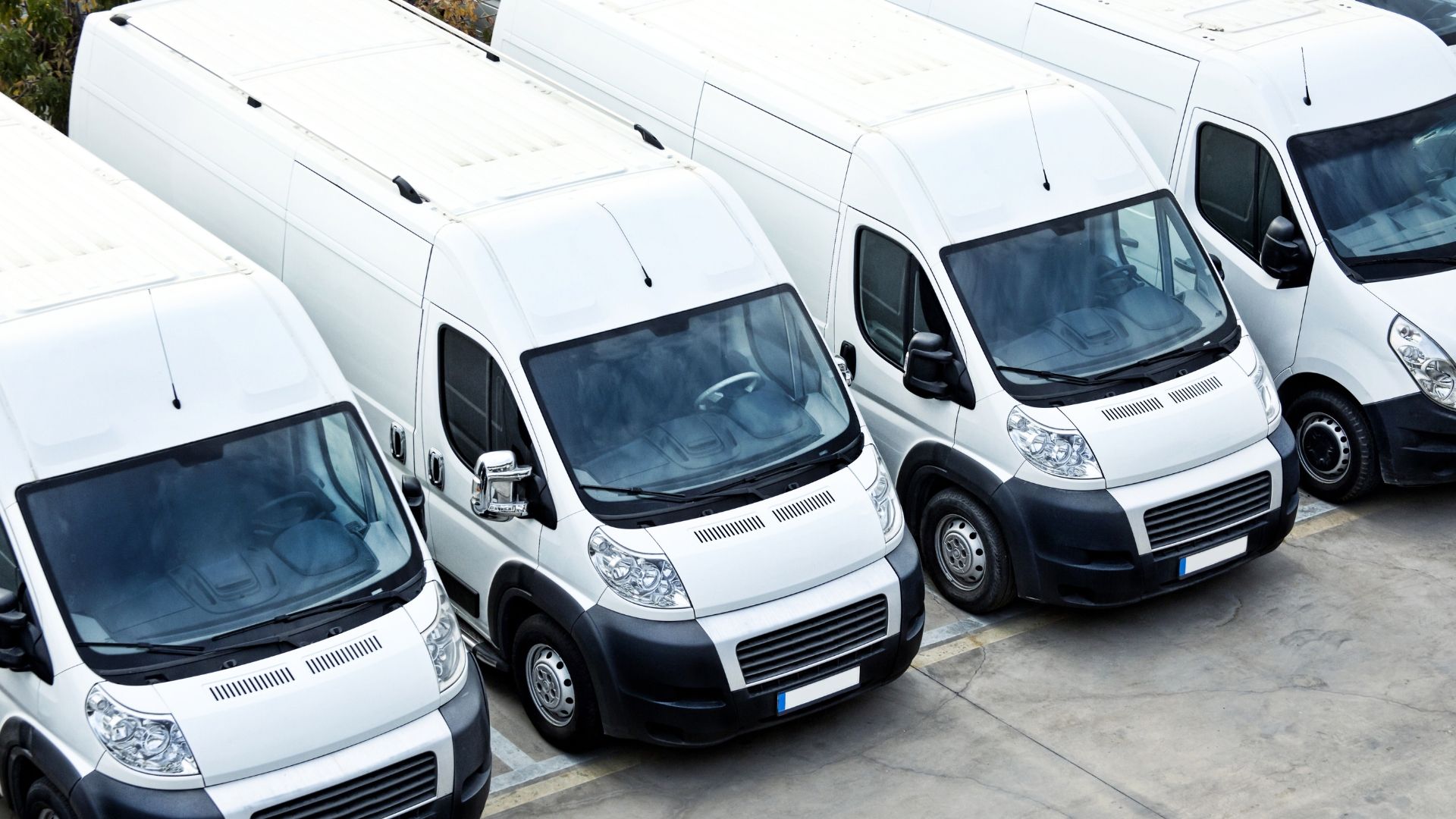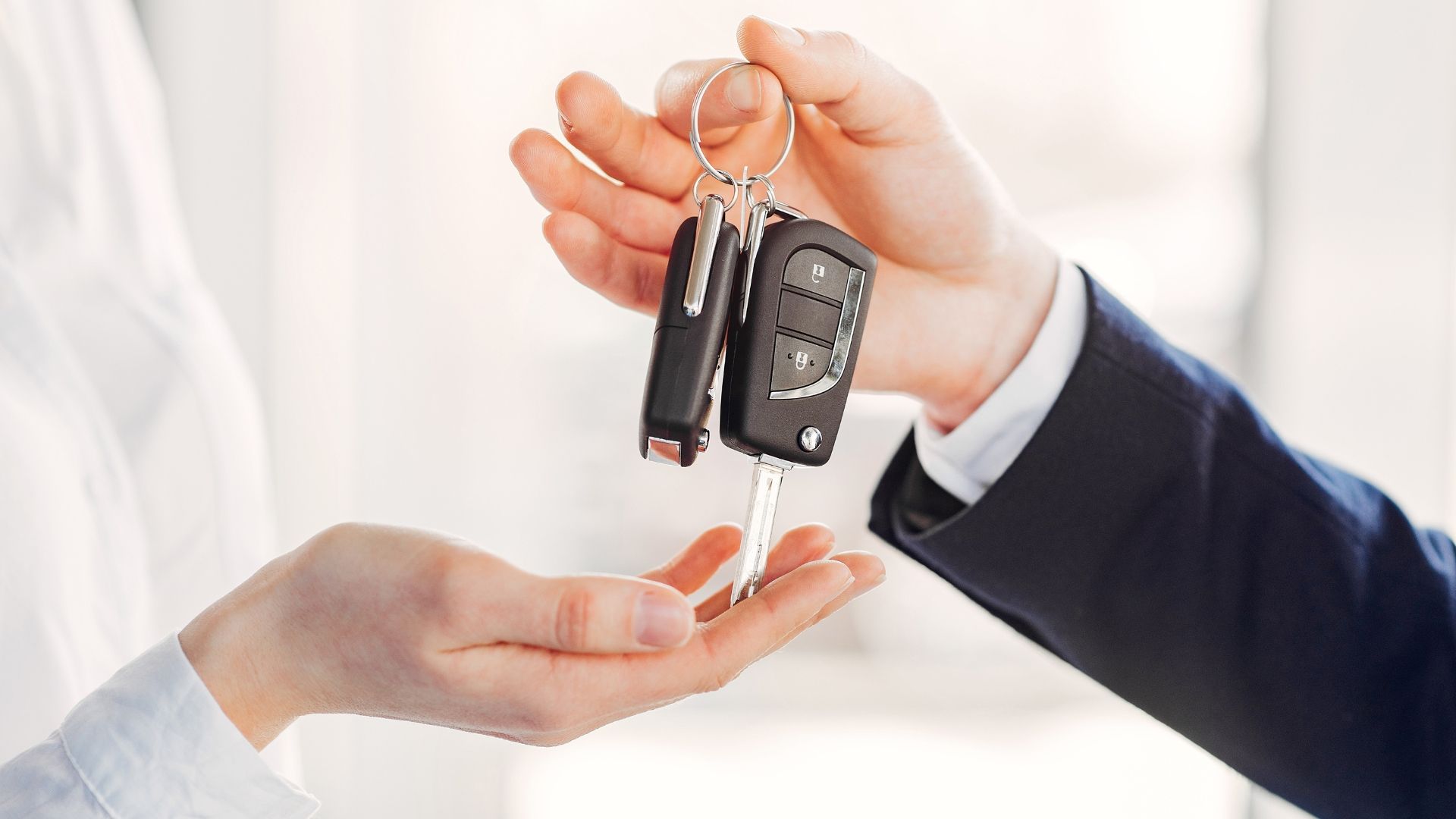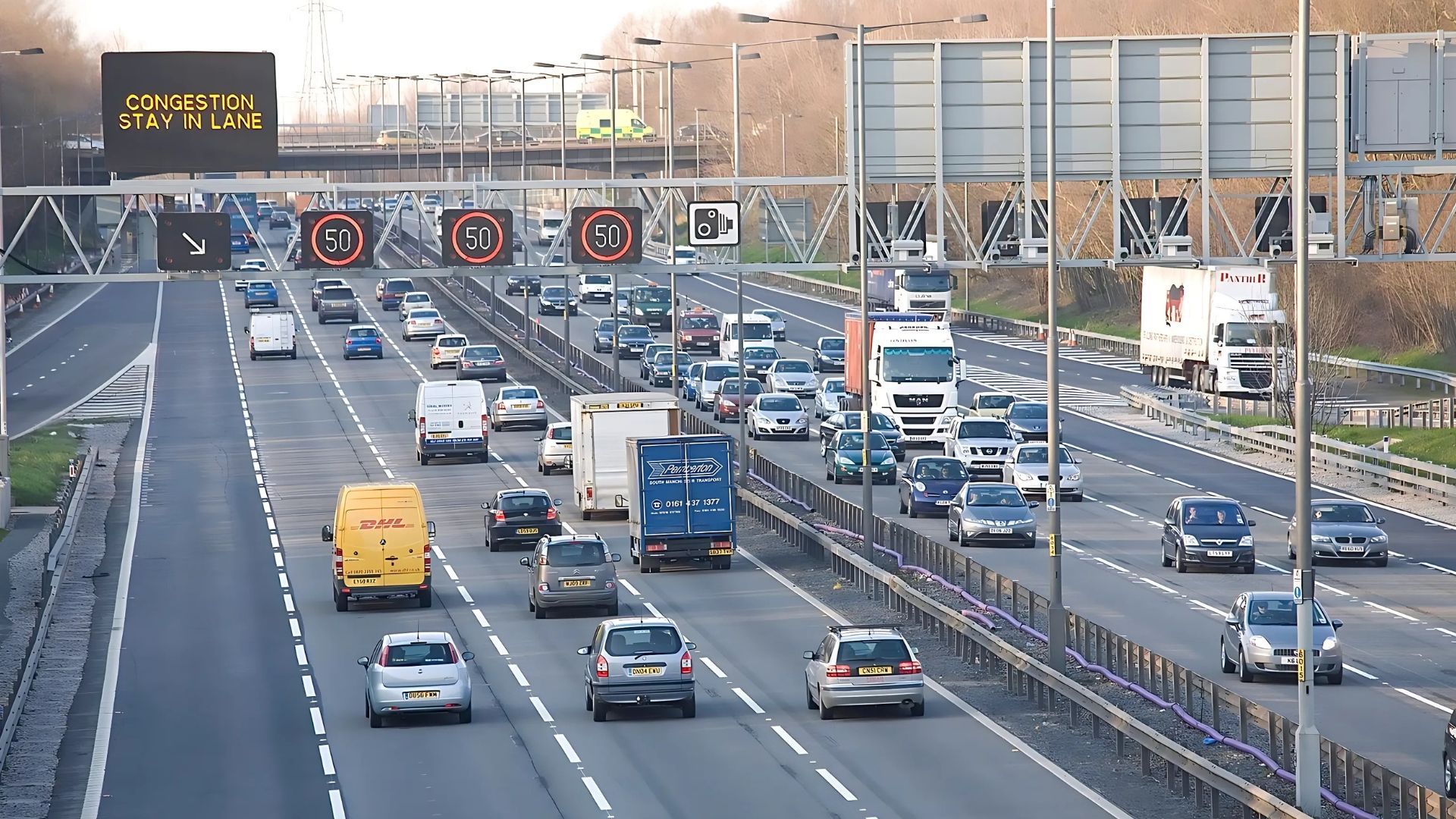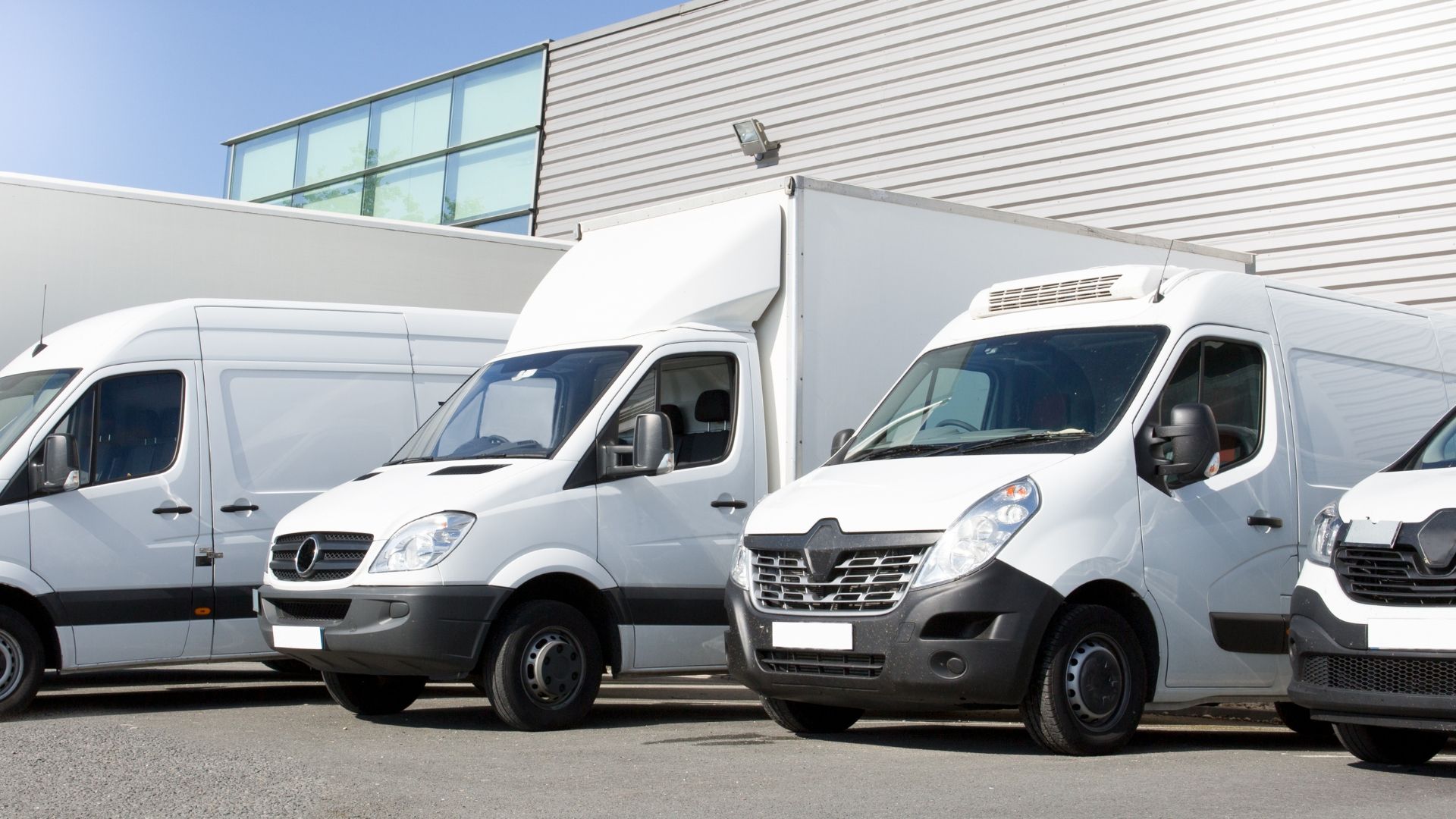Getting used to a new car: 7 quick tips
Familiarising yourself with a new car or a fresh rental can be tricky – but don't panic! Here are 7 tips to help you get used to driving your new set of wheels.
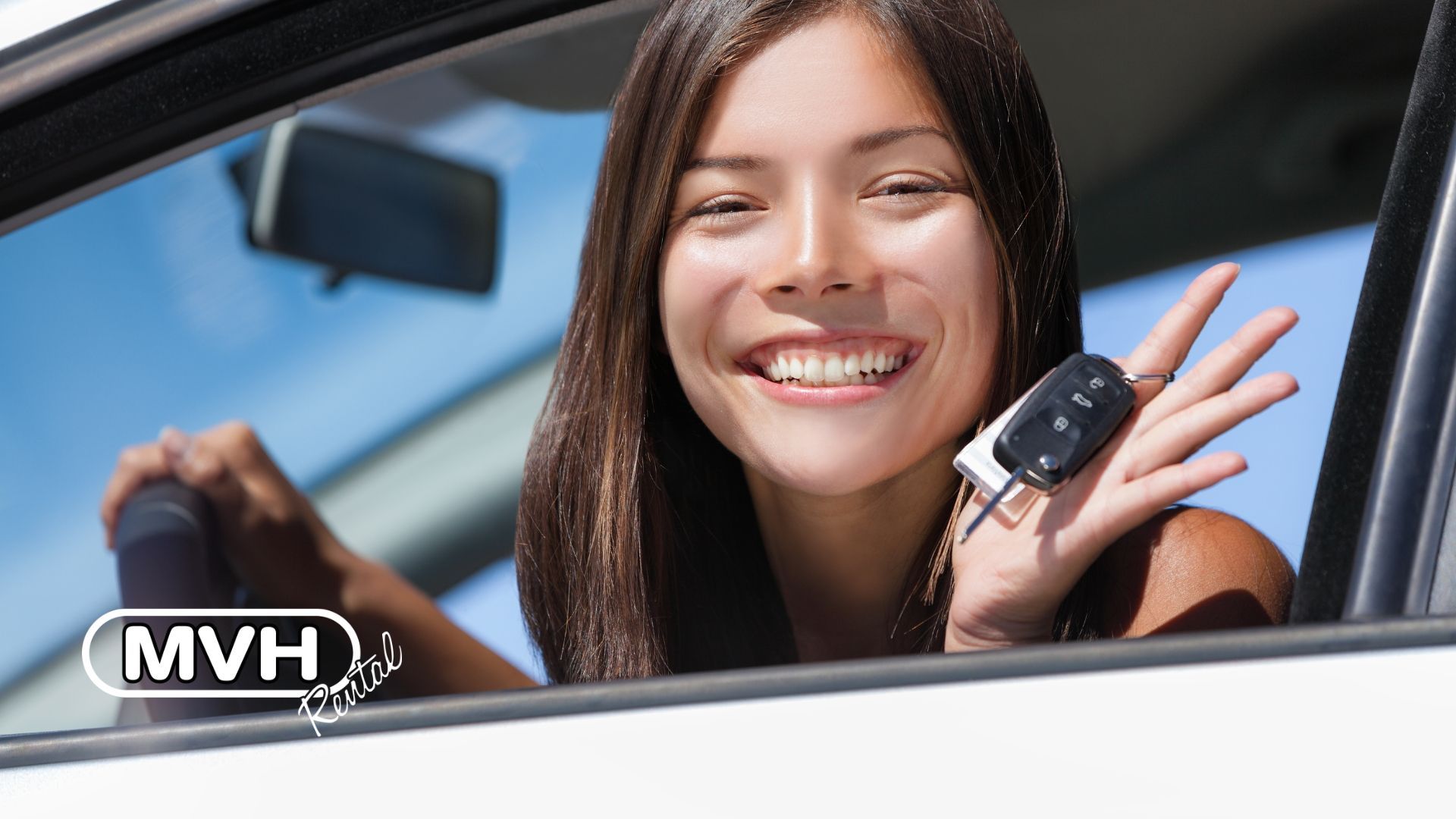
Whether it's new, used or rented, you just can't beat getting a sparkly set of wheels to drive. However, driving a new car or van can take some getting used to.
How do I turn on the headlights?! Why is this gear stick so different?!
Don't worry – there are a few things you can do to make the process easier. So before you drive off into the sunset, here are seven confidence-boosting tips to get yourself acquainted with your new or rented car.
P.S. These tips can also be handy if you're test-driving a car or van.
1. Discover the new controls and layout
Get to know where all the important buttons, switches and controls are before you start driving. You really don't want to be stuck in a sudden torrential downpour on the motorway, panicking because you can't turn on the windscreen wipers!
Take some time to find the essential controls like your indicators, fog lights, headlights and hazard signal. A quick flip through the manual should help if you're struggling.
If it's just not sinking in, ask a friend or family member (or bribe them with chocolate!) to sit in the passenger seat and ask you where the controls are or how they work. For example:
- How do you de-mist the back windscreen?
- Can you turn your fog lights on?
- How do you wash the front windscreen?
This way, you know just what buttons to push and you'll be much more likely to remain cool and in control in an emergency situation. You'll be a much safer driver to boot.
2. Make adjustments for safety and comfort
Driving with an uncomfortable seat position or misaligned mirrors will not help you get used to your new car. Before you start driving, it's crucial to get comfortable and make sure everything is in the right position so you can be your best self on the road.
Here are some essential checks to do before you get on the road:
- Ensure the doors, boot, and bonnet are closed.
- Position your seat so you're upright and have a good view of the road and your mirrors. You should still be able to reach all of the controls comfortably – for example, your knees should bend slightly when you depress the clutch.
- Raise or lower the headrest until the top of it lines up with the top of your head. Make sure you can comfortably turn your head.
- Make sure your elbows have a slight bend while you hold the steering wheel. It should be around 12 inches away from your chest so the airbags can inflate safely if you get into an accident.
- Put your seatbelt on and make sure it hasn't twisted. If your belt is sitting in an uncomfortable position, you may have to adjust your seat height again.
- Adjust your mirrors appropriately for clear visibility:
- You should be able to see directly out of the middle of your back windshield without having to move your head.
- The driver's-side mirror should allow you to see the road behind you, plus a little sliver of the side of your car.
- Next, repeat that process for the passenger-side mirror.
- Make sure the gear stick is in neutral and the handbrake is on before you start the car.
- Finally, start the engine and get going!
3. Find the bite
Every car or van has a slightly different bite point. To avoid traumatic flashbacks to when you first started learning to drive, make sure you take the time to practice finding the bite. You can do this on your drive to build your confidence. Car parks and quiet roads make good practice areas too. And don't worry if you stall more than usual – it's totally normal.
As you become more confident, try finding the bite in different situations – like hill starts – while the roads are quiet. Taking a good friend or trusted family member with you can help you stay calm if you start to panic.
4. Test the brakes
Just as with the biting point, each car's brakes can vary in sensitivity. This is why it's important to test them.
Be gentle at first to see how responsive and strong they are, preferably on a quiet, straight stretch of road. And make sure nobody is behind you!
5. Get to know your accelerator
Accelerators also tend to differ from vehicle to vehicle, requiring more or less force than you're used to. Start off gently to see what you're dealing with, as you may have a more powerful engine than you anticipated and go zooming off unexpectedly.
6. Know how big your vehicle is
Driving a Mini is going to feel very different to driving a Ford Transit, so it's important you get to know the size of your new car or van. A change in size can take a while to get used to, but you can give yourself a good kick-start by practising driving on quieter roads. Driving down narrow spaces, reversing around corners and parallel parking can all help you get used to the new size.
7. Take it slow
It's probably not the best idea to zoom off onto busy roads in your new rental car as soon as you get it. Take it slow and easy so you can get used to your new set of wheels without unnecessary distractions.
Empty car parks are great places for this (just avoid busy times, like just after work). Then, you can slowly try out quiet roads, busier roads, dual carriageways and eventually motorways.
We hope these tips have helped you feel more confident about driving any new car, whether it's a rental or brand new. You can do it!
If you're looking to rent a high-quality car or van, check out our fleet of rental vehicles in Newcastle.

